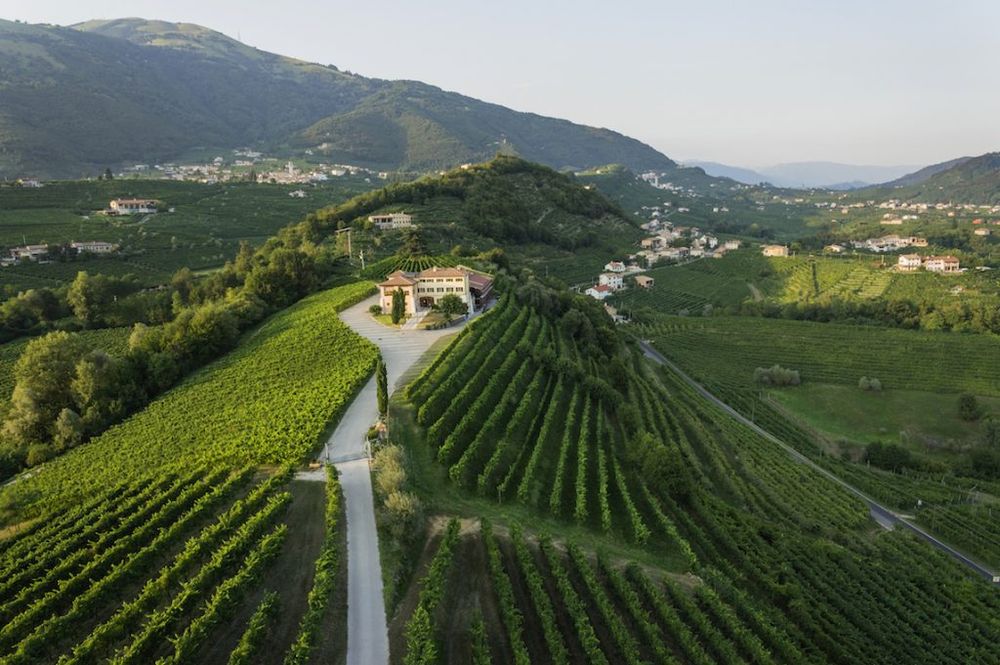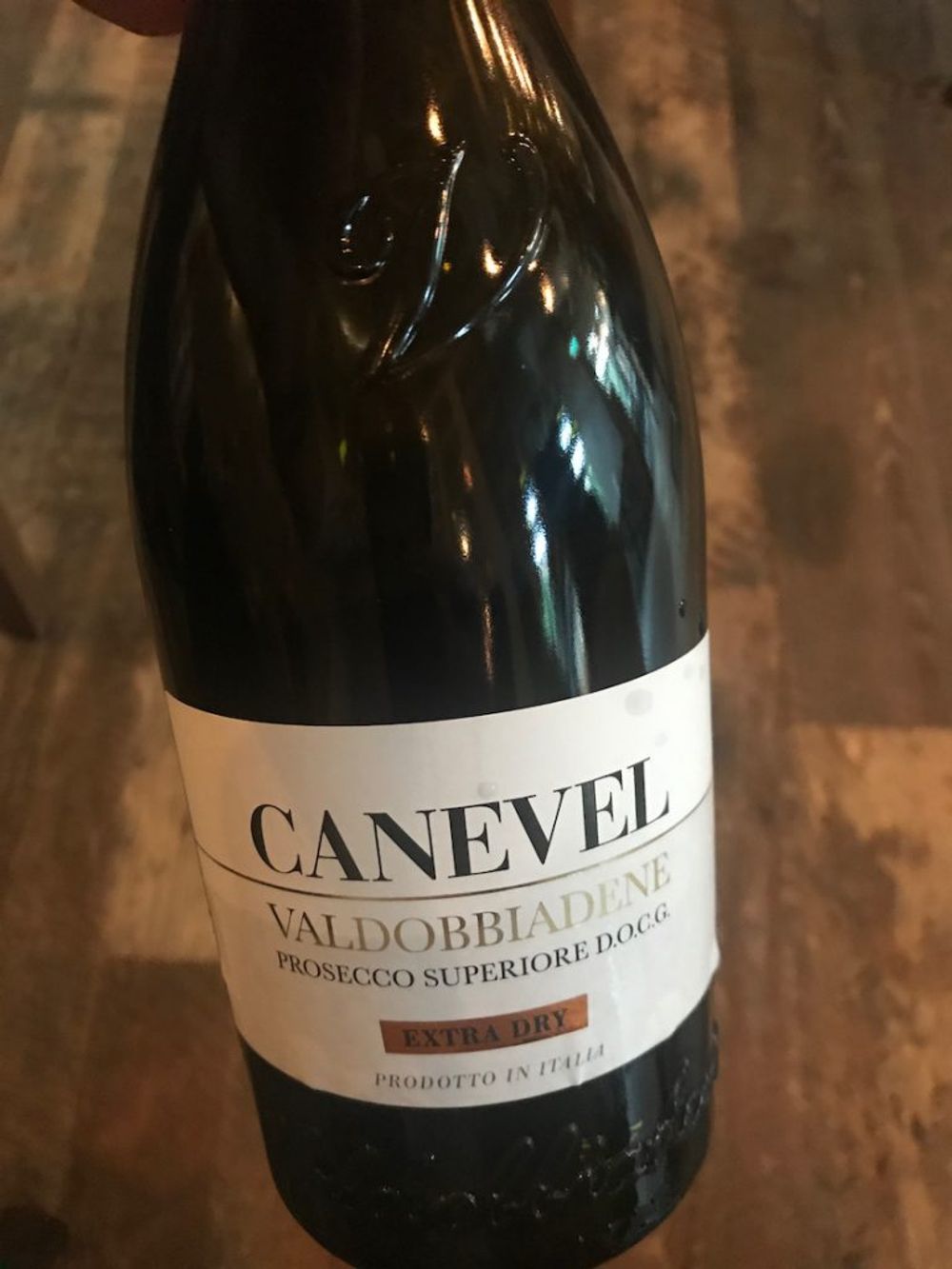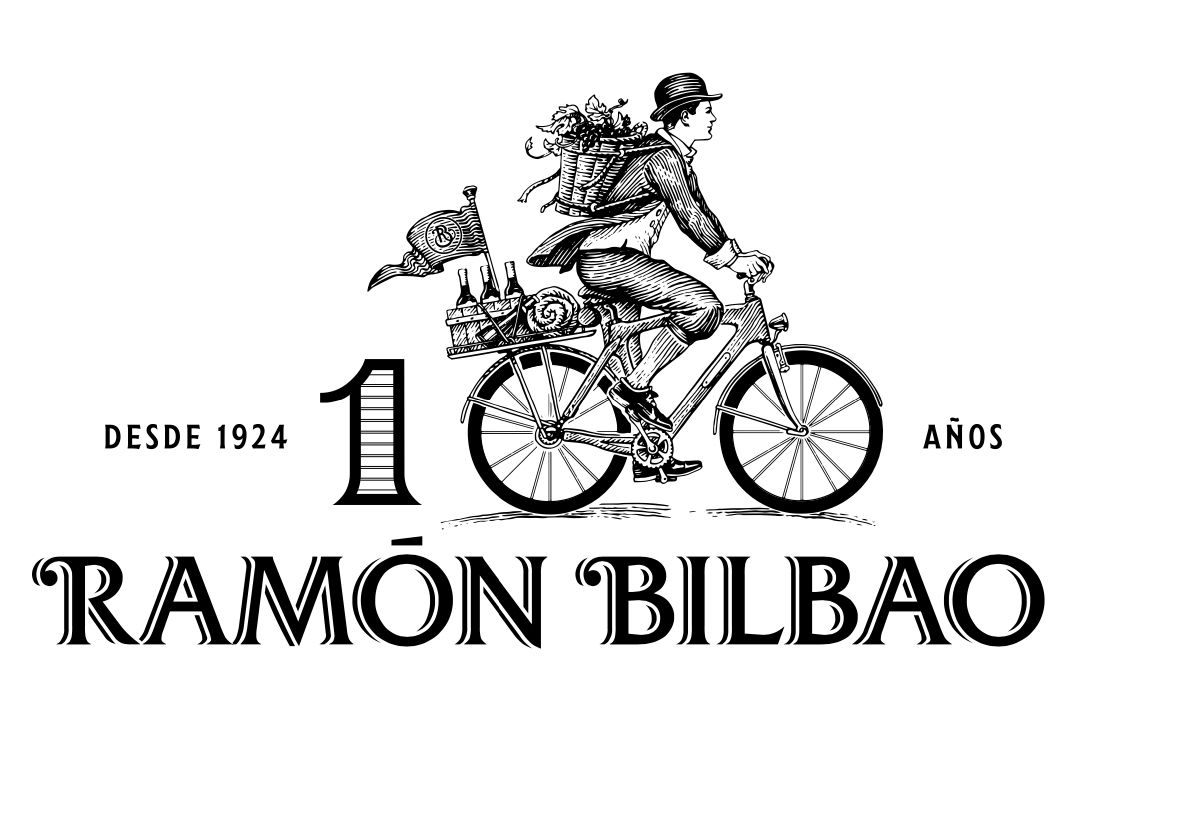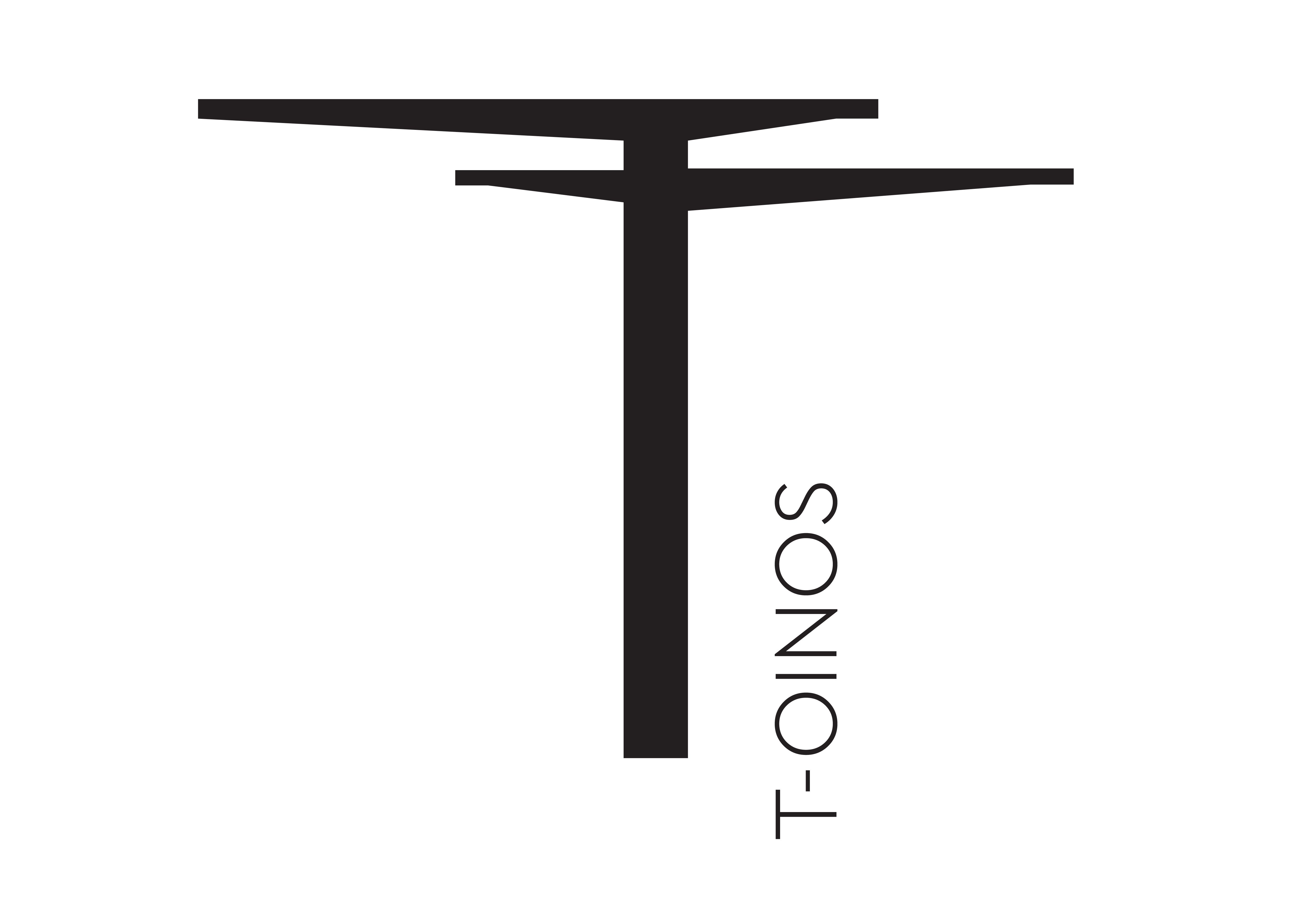The Prosecco di Valdobbiadene that Canevel produces comes from high quality terroir like nearby Asolo – it is noted for its lively minerality and salinity – helping to make this Prosecco bona fide gastronomic wine.

The Canevel estate sits astride the impressive cru vineyards of Valdobbiadene
Canevel Spumanti is an historic Valdobbiadene producer and was one of the first to incorporate the entire production chain from vineyard to bottle. As such they have garnered a reputation as a fine Prosecco house, by also focussing on single cru vineyards and launching a zero dosage wine from the Faè vineyard – raising the bar on what is possible with Prosecco and making consumers understand that it can be a high quality wine of terroir.
Today, Canevel works from its 26 hectare estate, sourcing fruit from an additional 50 growers, and makes roughly 850,000 bottles of premium sparkling wine, in particular those of Valdobbiadene Prosecco Superiore DOCG. The relationship it has with the 50 small growers that provide fruit for 40% of overall production is symbiotic – helping them with viticultural techniques and ensuring that their farming is of the highest standard. For example, Canevel no longer uses herbicides and is implementing the use of preparations such as algae (against mildew), pine extract, lemon concentrate and grapefruit oil for more natural viticulture.
As a result of all this activity Canevel has become well known as exponents of experimentation and producing high quality wines, which has seen them recently be awarded Tre Bicchieri from Gambero Rosso for their Campofalco Valdobbiadene – the first ever organic Prosecco to win this prestigious Italian award.

The Valdobbiadene bottles bear the Valdobbiadene glass stamp, which is an indication that the company focusses on Valdobbiadene in particular (the regulations are that 55% or more of its production must come from Valdobbiadene).
So what are they doing with Masi that’s so exciting?
Since the formation of the joint venture three years ago with Masi Agricola, experimentation is full steam ahead. They have started handpicking all of their vineyards into small crates in order to avoid skin breakage and therefore any premature oxidation. This allows them to use little sulphur which they aim to always keep below 90ppm.
Regarding sulphur, they are also experimenting with no additions. The reduction of clarification means that proteins are maintained in the wine, which gives a fuller mouthfeel and protects the wine as an antixoidant, enabling lower sulphur use. When asked whether there will be a sulphite-free cuvée, Andrea Dal Cin smiled knowingly and said “maybe.”

Andrea Dal Cin, technical director and winemaker of Masi, Vagabond, London
Canevel has also been working with Dal Cin, experimenting with yeasts for their refermentation process in order to try and find a strain that will permit them to have the finest perlage possible, as well as persistence, or length, in the mouth. This work is conducted in little 45 litre tanks so that they can try as many yeasts as possible.
Masi Agricola itself became famous for its work with indigenous yeasts. From 128 strains of yeast they were able to isolate the MASY yeast, which today they use across all of their Valpolicella wines.
They are also experimenting with extended lees ageing. “Not too much, as Glera is not supposed to be heavy,” adds Dal Cin, “but a couple of months adds real complexity.”
And, if all this wasn’t enough, the company is experimenting in their Campofalco vineyard with the rare indigenous grape varieties of Verdizzo and Bianchetta.
Tasting the three wines that are being imported into the UK by Berkmann Wine Cellars with Caramel and Dal Cin in London Victoria’s branch of Vagabond, it is clear that this Prosecco is a real cut above and is clearly of a high, gastronomic standard.
When all of the above experimentation takes root it makes me wonder how much longer will it be before we’re bandying around the term ‘Grower Prosecco’?









































